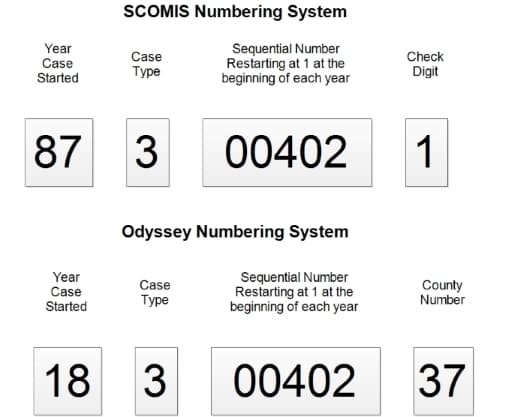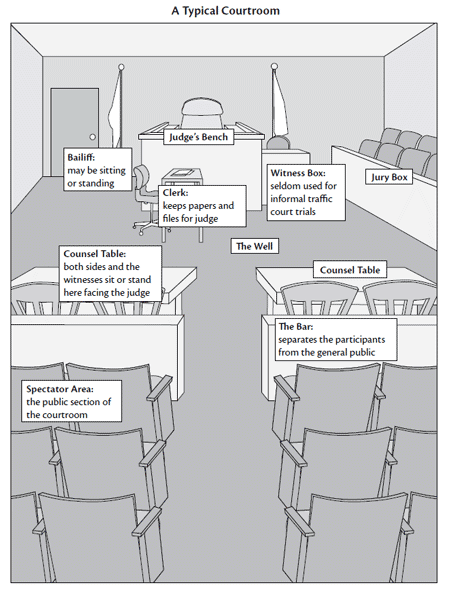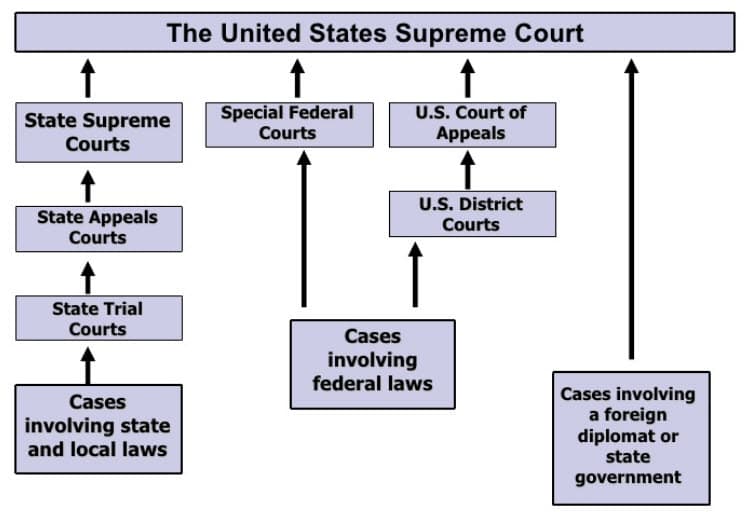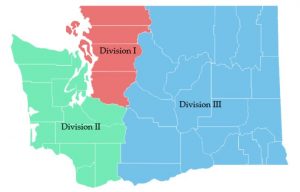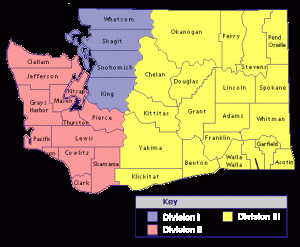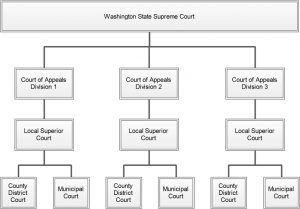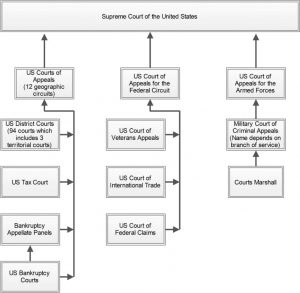Your “accounts receivable” is an accounting of funds that are owed to you by clients for work you have completed but for which they have not yet paid. The general work flow proceeds something like this.
Work Completed
You complete an assignment for a client. You prepare your proof of service and an invoice (bill) detailing your fees for that assignment. Both are sent to the client. At this point the client owes you money in the amount shown on the invoice.
Accounts Receivable
Your accounts receivable (AR) acts as a place holder in your accounting system. It holds the value of the invoice created when you completed the assignment.
Payments Received
Your client sends you a check in payment of the invoice. The check reduces your AR by that amount and increases your cash by the same amount. This is the situation you want to be in as cash can then be used to pay your own bills (invoices from vendors) or to keep as profit.
| Term |
Definition | |
| Invoice |
An itemized description of goods or services provided to a customer. Invoices usually describe a particular transaction. Do not confuse an invoice with a statement. |
|
| Balance Forward |
An amount other than $0 remaining on an account after the close of a billing cycle (usually a month). If the amount is positive then the client did not pay their previous month’s billings in full. If the amount is negative the client overpaid the previous month’s billings and has a credit on their account. Either way the amount is the remaining balance and is brought into the new month as a balance forward amount. |
|
| Statement | A summary of one or more invoices. Usually sent out once a month they provide the client with a summary of all work performed during that month. A statement also lists any payments received from the client and shows a balance forward if any exists. |
Tracking receivables is an essential part of managing your company’s cash flow. Without a steady cash flow, many small businesses tend to borrow more and more money to meet their working-capital needs. Eventually it catches up. Lack of working capital is the principal reason small businesses fail.
How companies manage accounts receivable differs, but accounts receivable processes generally allow you to do three things:
- Record your daily sales and receipts.
- Generate customer invoices and monthly statements.
- Track customers’ current and past-due balances.
When you set up your accounts receivable process, don’t ignore these important issues:
Accounting Software
Software can simplify the receivables process and provide you with additional forecasting, invoicing and tracking tools. Many small companies, especially ones with substantial receivables, use programs such as QuickBooks, CheckMark MultiLedger and M.Y.O.B. Accounting to handle their accounts receivable and other accounting needs. Some specialized process serving/messenger programs offer built in receivable tracking but their capabilities are usually limited. The ability to export data from them to more traditional accounting software is usually preferred.
Credit Policies
Establish a stringent credit policy and adhere to it. Define under what conditions you will extend credit, how much credit you’ll extend, and to whom. Decide whether to accept checks and credit cards, how you will investigate new customers before extending credit, if you will require your customers to pay deposits before delivering goods or services, and if you will charge interest on late accounts.
Billing Policies
Typically, the faster you bill, the faster you’ll get paid. Decide when you will invoice, and communicate your billing terms to customers to prevent discrepancies about when bills are due. Some servers may offer an early payment discount but the Center advises against this practice. The reason is that your fee becomes part of what is known as the “cost bill” which your client submits to the court. The court uses the cost bill to award costs such as filing fees and process service fees. By giving a discount of any amount the cost bill (unless it takes the discount into account) will present the court with false information.
Aging Accounts
Review your customers’ accounts monthly and categorize receivables as current, 30, 60, or 90 days or more past due. This will help you identify delinquent accounts and take necessary actions. For example, you may want to decline accepting service assignments from a client whose account is 90 or more days past due.
Monthly Statements
Be proactive by sending monthly statements to your customers. Not only do they serve as reminders to customers who are late with payments, but they also provide documentation in case an account goes into collections. As the cost of postage continues to increase you should investigate the use of e-mail to send our your statements. Most of the major accounting packages offer this capability.
Interest and Late Fees
For various reasons many process servers fail to charge their clients interest and late fees. Most likely the reason is a fear of losing the client if such fees are assessed. If you fail to implement and keep up an appropriate policy your clients will begin to use you as a bank. They will pay their other vendors and may not pay you for months on end. Why? Because those other vendors charge interest and late fees. A typical policy is to charge 12% per annum interest on any invoice over 30 days old with a $2.00 minimum. That said, it is not unusual to not assess interest and late fees on certain high volume clients but monitor these clients carefully and open a dialog with them as soon as you see them getting in arrears.
Grunt Work
For most people this is exactly what keeping good books amounts to. It is time consuming and tedious, but it is work which must be done. If you don’t keep accurate client accounts you will fail to be paid for work you’ve done and you will have disputes with clients which you will almost certainly lose. You can either keep these accounts yourself (hard to do after a long day serving) or hire a bookkeeping service to do the work for you.
This quiz is for logged in users only.


